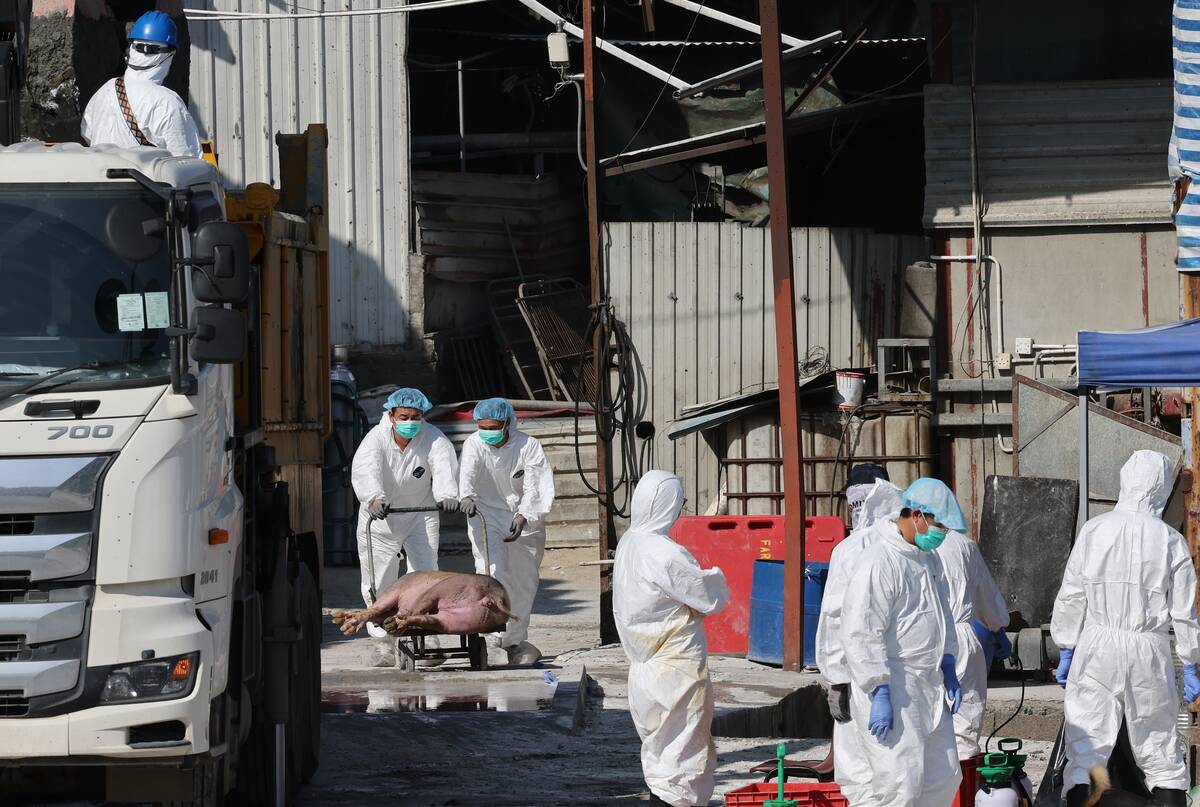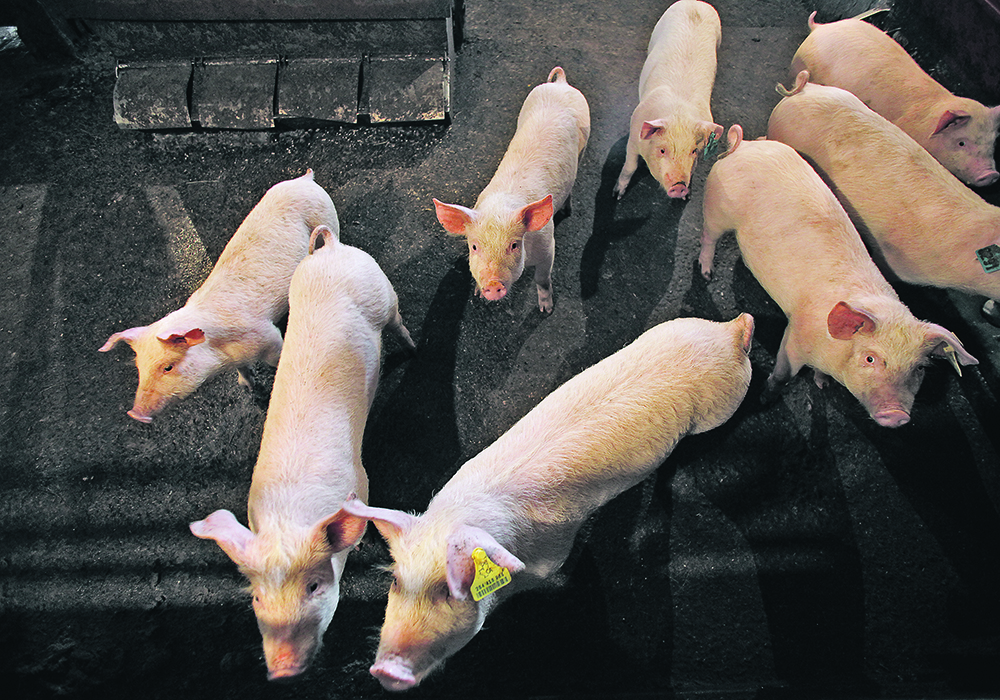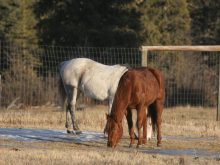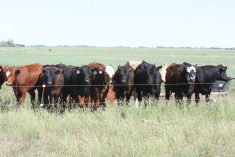Hoofbeats on the Prairies aren’t always horses. Sometimes they are zebras.
Diagnosing toxicities in modern swine production is rare. Housing pigs in confinement reduces accidental exposure to a lot of toxic substances that may be found in farmyards.
Pigs, by their nature, are also somewhat resistant to noxious compounds and chemicals that can be toxic to other farm animals. For example, lead poisoning in cattle is not uncommon but is rare in pigs.
I recently diagnosed a case of ionophore toxicity in a pig farm that was due to a feed milling error, which put a second medication, tiamulin, in feed at the same time as an ionophore. More on that later.
Read Also

Mixed results on new African swine fever vaccine
The new African swine fever vaccine still has issues, but also gave researchers insight into how virus strain impacts protection against the deadly pig disease.
Ionophores are a class of antimicrobial used to safely aid intestinal health and improve feed efficiency in many finisher-pig flows.
Feed makes up approximately 70 percent of the cost of production of a finished pig. The recent increase in grain prices across Western Canada has prompted many farms to explore strategies to improve feed conversion.
Common feed-to-gain ratios on modern pig farms are around 2.7:1. In other words, a one-kilogram increase in weight gain requires 2.7 kg of feed. With the strategic use of ionophores, producers can improve their ratio by nearly three percent and increase average daily gain by eight grams per day.
While these changes may seem small, they are consistent, repeatable and in today’s economics, result in savings of approximately $3 per finished pig.
In contrast, antimicrobials like tiamulin are used therapeutically to control or prevent intestinal pathogens like Brachyspira species. These organisms can cause diarrhea in growing pigs for many years.
The farm in question has used tiamulin in its gilt developer diets to control and prevent diarrhea in valuable replacement animals. The on-farm feed mill is accustomed to adding tiamulin to the complete feed after the ground grain ingredients are blended with the protein premix supplements. This has been the process for making the gilt developer diet for years.
Unfortunately, the on-farm mill ran out of the gilt developer pre-mix supplement and substituted with a finisher pre-mix while waiting for delivery of the gilt developer pre-mix.
The two supplements are similar from a nutritional standpoint. However, a big difference is that the finisher supplement contained ionophores.
Although both medications were used at appropriate and prescribed levels, their combination was lethal. Tiamulin interferes with the metabolism and excretion of ionophores, leading to a build-up of the ionophore in the pig.
Despite the pigs receiving the right amount of each medication, toxicity developed after a few days.
Ionophore toxicity causes muscle fibre degeneration and necrosis. All muscles can be affected, so the clinical signs typically include varying degrees of inco-ordination (wobbly pigs because they are very weak), off-feed, vocalization, mildly increased respiratory rates, mild depression and dark-coloured urine due to excretion of damaged muscle cell compounds.
Affected pigs will not usually have fevers and will not respond to antibiotic and/or anti-inflammatory treatments. Several affected pigs may die of heart failure.
I was called to this farm after 25 of the 300 gilts housed in the gilt developer room had become gaunt, off feed and lethargic over the course of two to three days. Many of these gilts would not even get up and required humane euthanasia.
Ionophore toxicity was not at the top of my list of possible causes, and we were still considering some form of bacterial or viral health challenge. We did submit two euthanized gilts to the local veterinary diagnostic lab and initiated antibiotic/anti-inflammatory therapy for the affected gilts.
While visiting the farm, the dark urine, lack of fevers and widespread weakness was striking. Many pens had feeders that had not been touched with most of those pen-mates off-feed. Interestingly, there were also several pens with apparently normal appetites and only a few affected pen-mates.
After speaking with the feed mill operator, we determined the error with feed supplement blending, and the remaining feed in the feeders and bin was replaced.
The farm eventually lost 78 gilts and we suspect the remaining replacement animals will have a higher culling/attrition rate in the long-term.
This case served as a reminder to producers that while rare, these medication intoxications can happen with unfortunate outcomes.
Blaine Tully is a veterinarian and owner of Swine Health Professionals Ltd. in Steinbach, Man.















